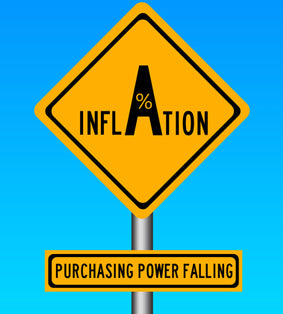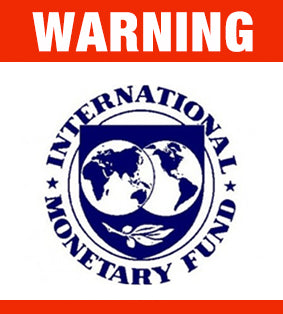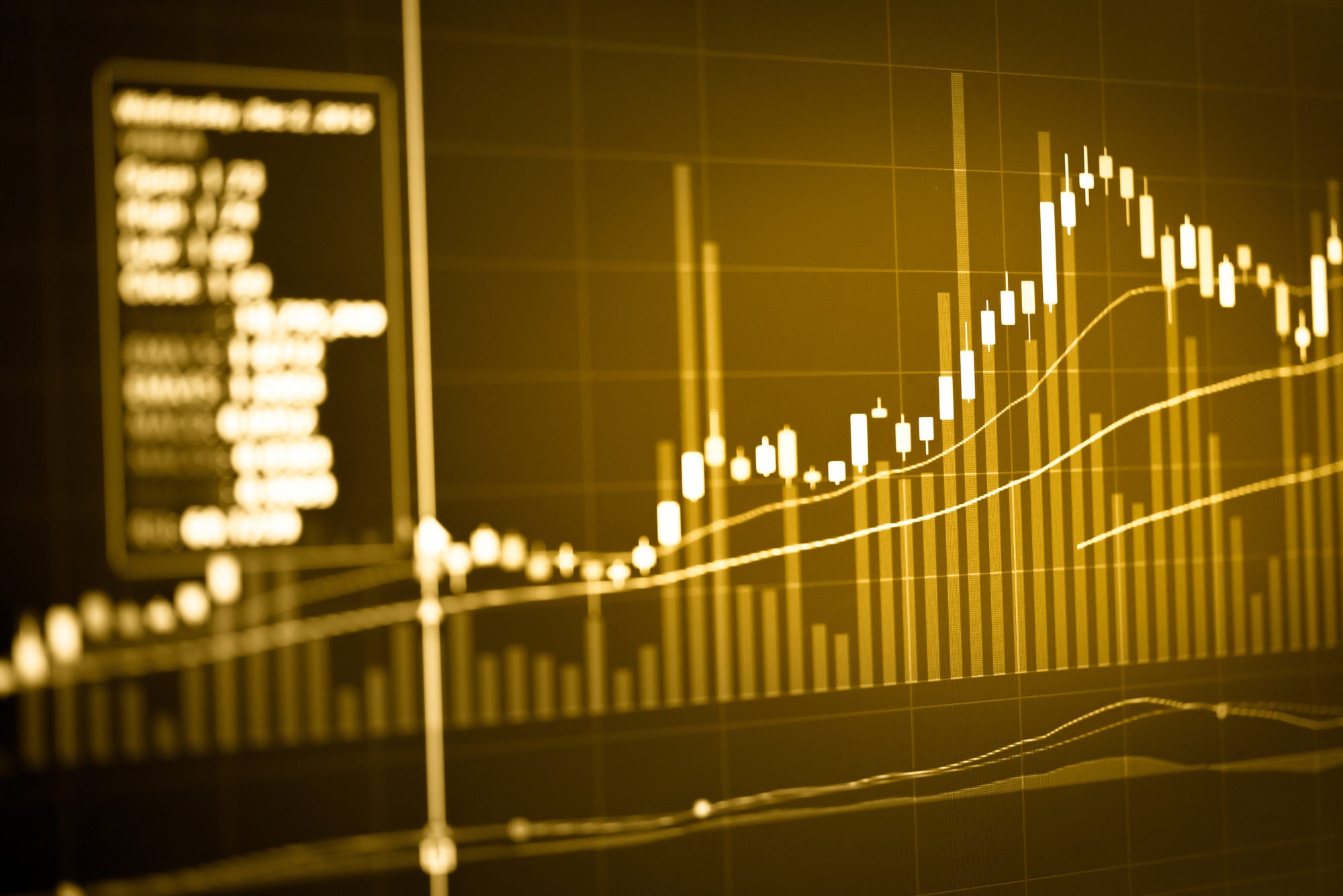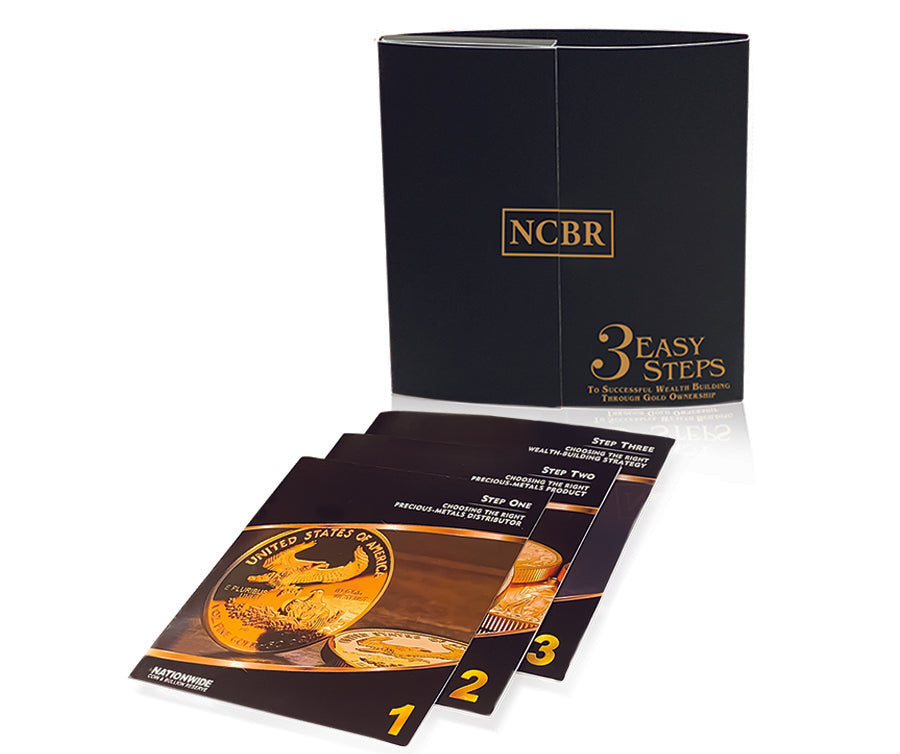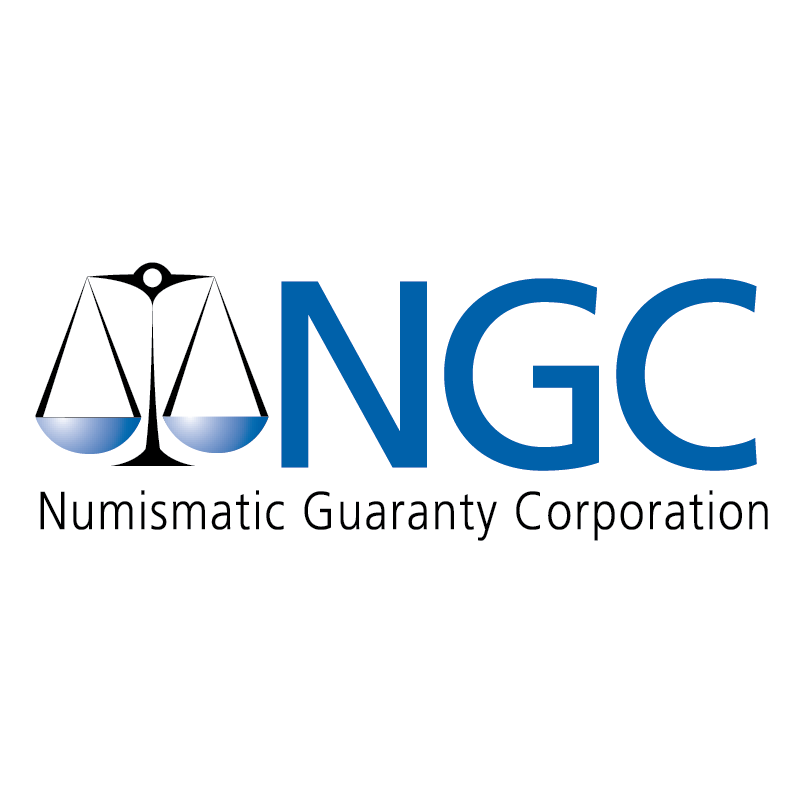Signs of rising inflation in the U.S. are beginning to appear, a development of note for precious metals investors because gold is widely recognized as a hedge against inflation.
Most significant is the jump in energy prices. Data collected for the August Producer Price Index, which heavily influences consumer prices, show a gasoline price increase of 9.5 percent during the month.
Wholesalers passed along much of that gain to consumers, with prices at the pump up more than 6 percent in August. And those increases do not factor in the full impact of Hurricane Harvey, which forced the closure of major U.S. refineries, reduced petroleum pipeline flows and restricted shipping of fuel. Nearly ¼ of the nation’s refining capacity was offline in early September due to the storm, assuring further price hikes.
On a 12-month basis, the Consumer Price Index at the end of August was running at 1.9 percent, which is the highest inflation rate since 2012.
Still, energy prices tend to be volatile. That’s why the government tracks the “core” rate of inflation, excluding energy and food, which also tends to jump around. That measure of inflation is rising at a more modest annual rate of 1.7 percent.
A substantial and sustained move upward in inflation would indeed help push gold prices higher. But if most of the increase in energy prices turns out to be temporary, there may be a limited ripple effect through the economy.
For now, inflation is not the driving force behind gold’s rally, which has taken the precious metal up 15 percent this year through mid-September. Concerns about global instability, the implications of a declining dollar, and technical market factors are all playing a far more important role in supporting the price of gold. So the bottom line for investors: don’t wait for inflation to buy gold.
Real Time Precious Metals Data Below
